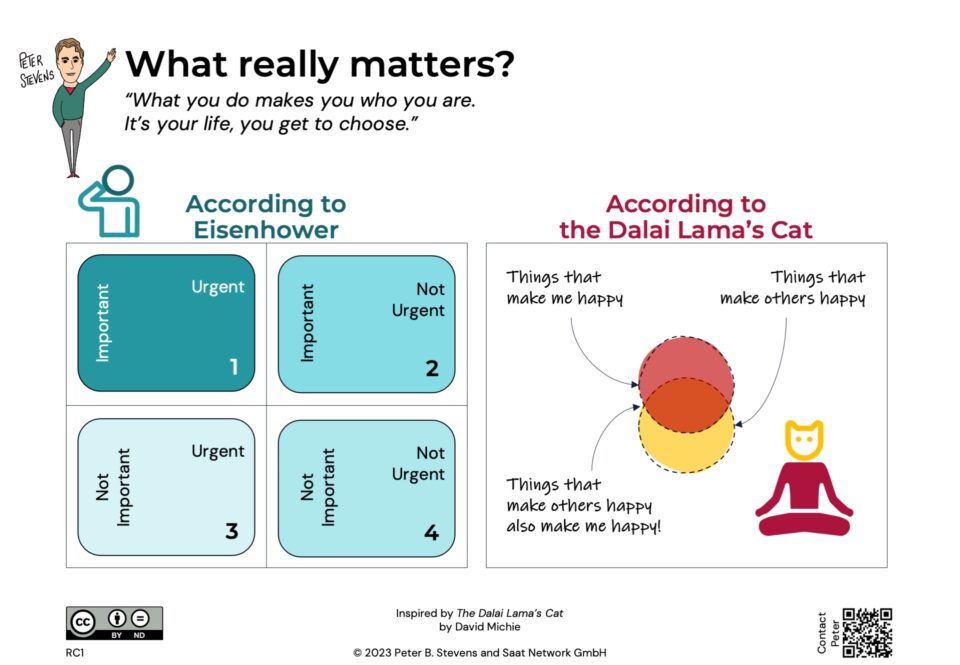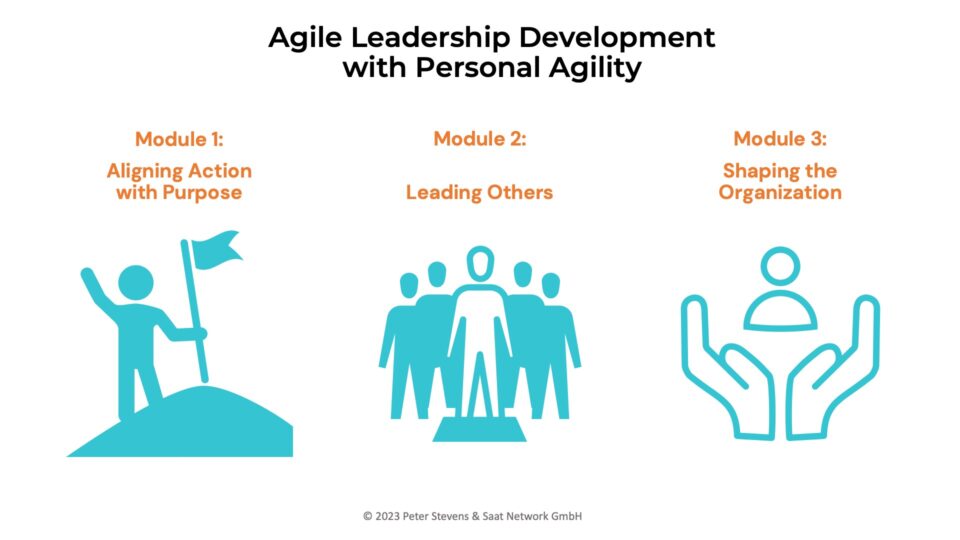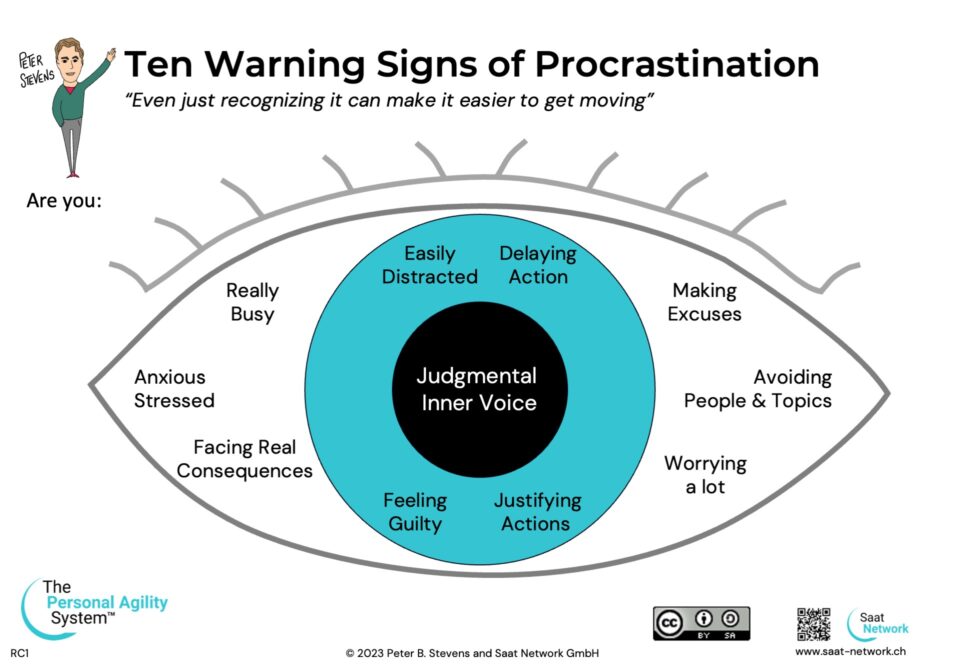6 questions that changed my life
11-09-2016How we used to Scrum and XP to keep the conference on schedule
16-10-2016Urban talks about the ‘Instant Gratification Monkey’ who seizes control from the ‘Rational Decision Maker.’ The monkey wants to do fun stuff, not hard stuff that’s important but whose value is far off. The only thing that the monkey is afraid of is the ‘Panic Monster’ – if the deadline is near enough, panic will set in, the monkey is scared off and the rational decision maker can get to work.
And what if there is no deadline? No panic monster to raise its ugly head, so you never get anything started, much less finished. So procrastination is paralyzing.
Urban’s solution was to visualize the weeks in your life and tick them off as you age. This should create a sense of urgency by inviting the Panic Monster into the room. But somehow, ticking off the weeks until I am dead is depressing, and at least for me, that would be even more paralyzing!
How does My Personal Agility help you beat the urge to procrastinate?
The Six Questions of Personal Agility
The six questions of Personal Agility offer a more uplifting approach:
- What really matters?
- What did I accomplish last week?
- What is important (of all the things I could do)?
- What is urgent (really has to get done this week)?
- What do I think I can accomplish (this week)?
- Who can help?
Bonus question: What do I want to do today?
The answers to Question 1, What really matters, give you guidance for saying yes or no to the many things you could do. It also reminds you what you really want to do.
Question 2, What did I accomplish last week, is an opportunity to celebrate what you have accomplished in the past week. This produces the happiness hormones to keep Instant Gratification Monkey happy and content.
Questions 3 and 4, What’s urgent and what’s important help you order your thoughts and think about what you want to be doing this week. Some of your time will be for important goals, some will be for putting out urgent fires, and some for having fun!
Question 5, What do I think I can accomplish, is about setting reasonable goals for the week and giving yourself a deadline. This might be an invitation to the Panic Monster, though I believe if you produce enough happiness hormones through question 2, you won’t need the Panic Monster as often.
Question 6, Who can help? Why is this question here? As humans, we can accomplish more in collaboration than by ourselves. If you are stuck, this is a useful question, because a new person is always a new source of ideas.
In my case, I found myself unable to ask the first five questions on a regular basis, so I asked myself who could ask me these questions. The answer was obvious, and I asked my wife for help. She offered to meet with me once per week, to ask me these questions, so I can answer them. I call her my Personal Agility Coach. By having a weekly appointment with my Personal Agility Coach, I can reflect on these questions, produce some happiness hormones for what I have accomplished, and remind myself what I really want to be doing this week.
Depending on your context, your Personal Agility Coach could be a life coach, a mentor, a Scrum Master, a fellow student or even your spouse! Just use a board, like Trello, to visualize the answers to the first 5 questions. I call this Your Priorities Map. Then meet with your Personal Agility Coach once per week or so to celebrate your accomplishments, answer the questions, and remind yourself what you want to be doing.
How I do Personal Agility
 |
| Peter’s Personal Agility Artwork thanks to @fredzen |





2 Comments
Hi Peter
Sometimes, okay many times, it does not matter how hard you try, you remain stuck. In some cases even trying too hard can make the problem worse.
Location, location, location. What is the cause. Stop treating the symptoms. It boils down to the way your brain functions. The brain can become stuck in how it functions. To change, it involves training. It can also involves disruption of the brain network.
Procrastination can be addictive. Think about that one.
Not enough time or space to write about this.
John
I believe a lot of procrastination is about fear. So I am thinking a good approach would be to look for ways to take away the fear and build up courage.